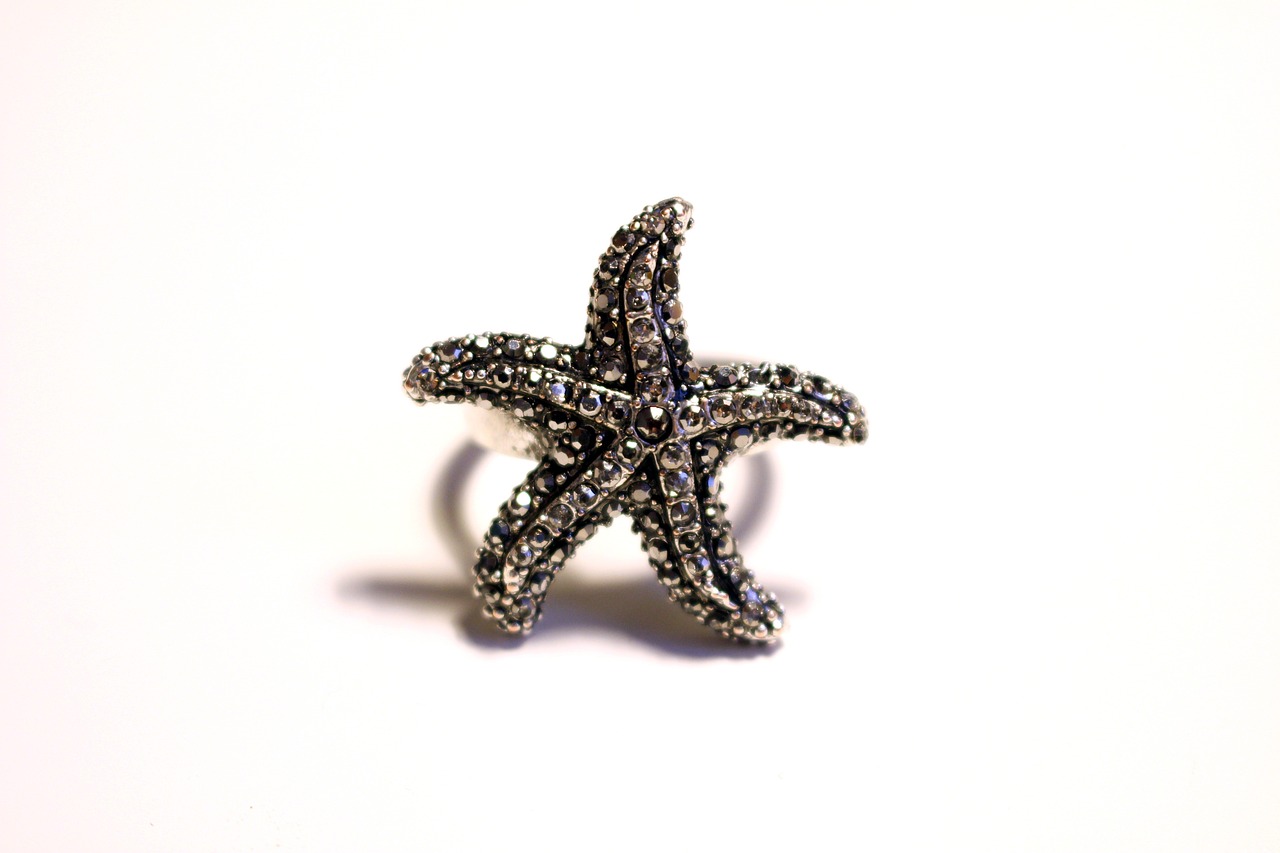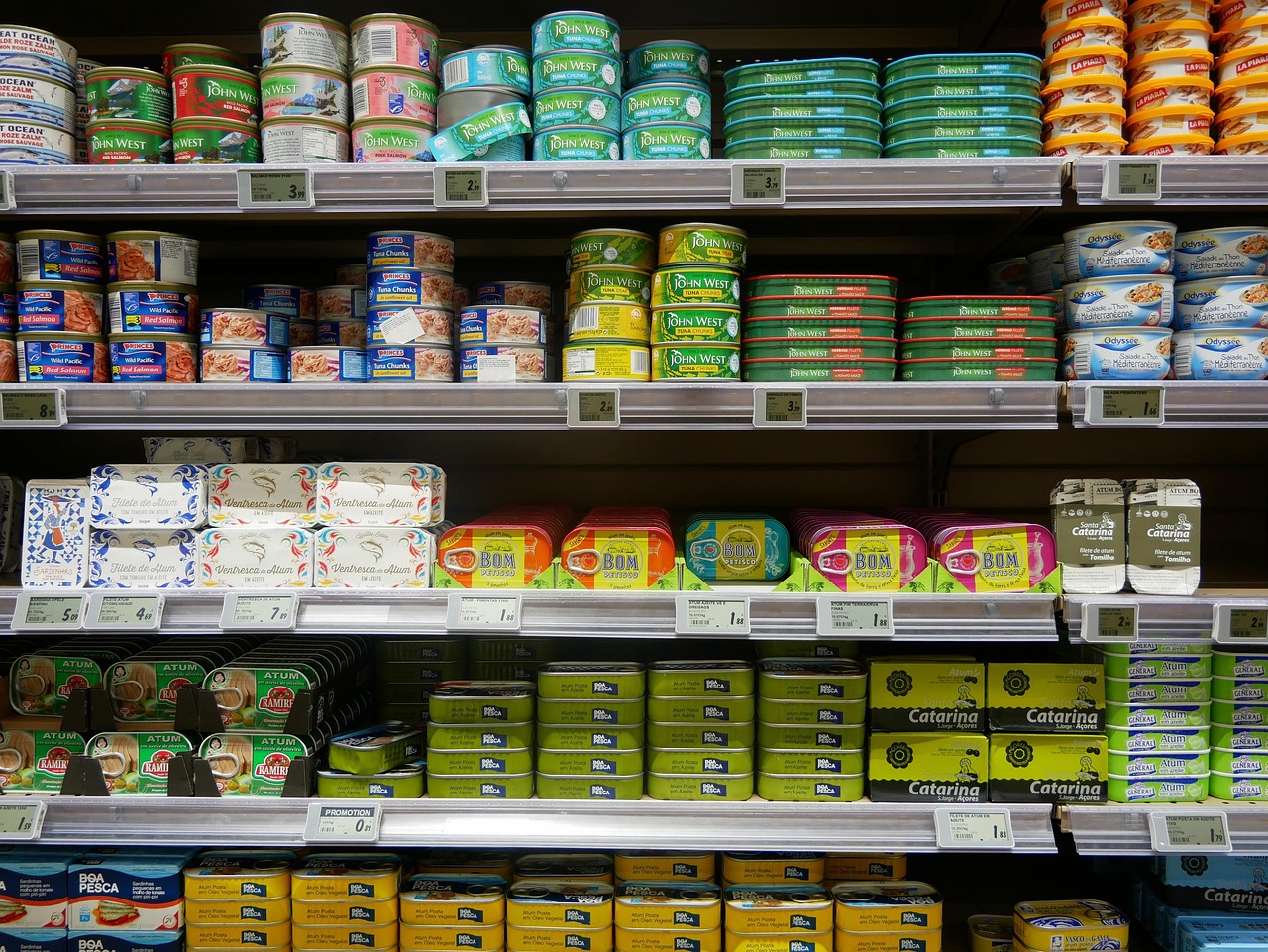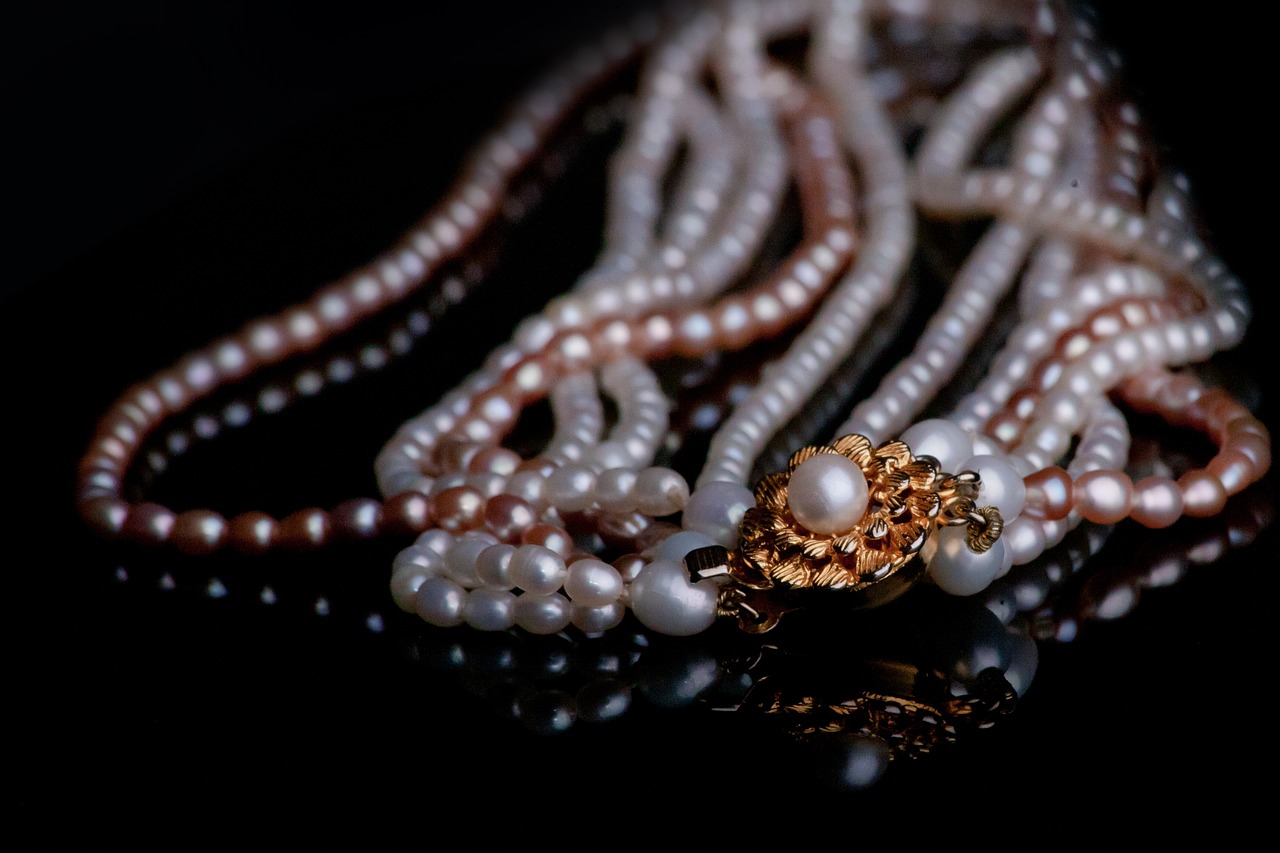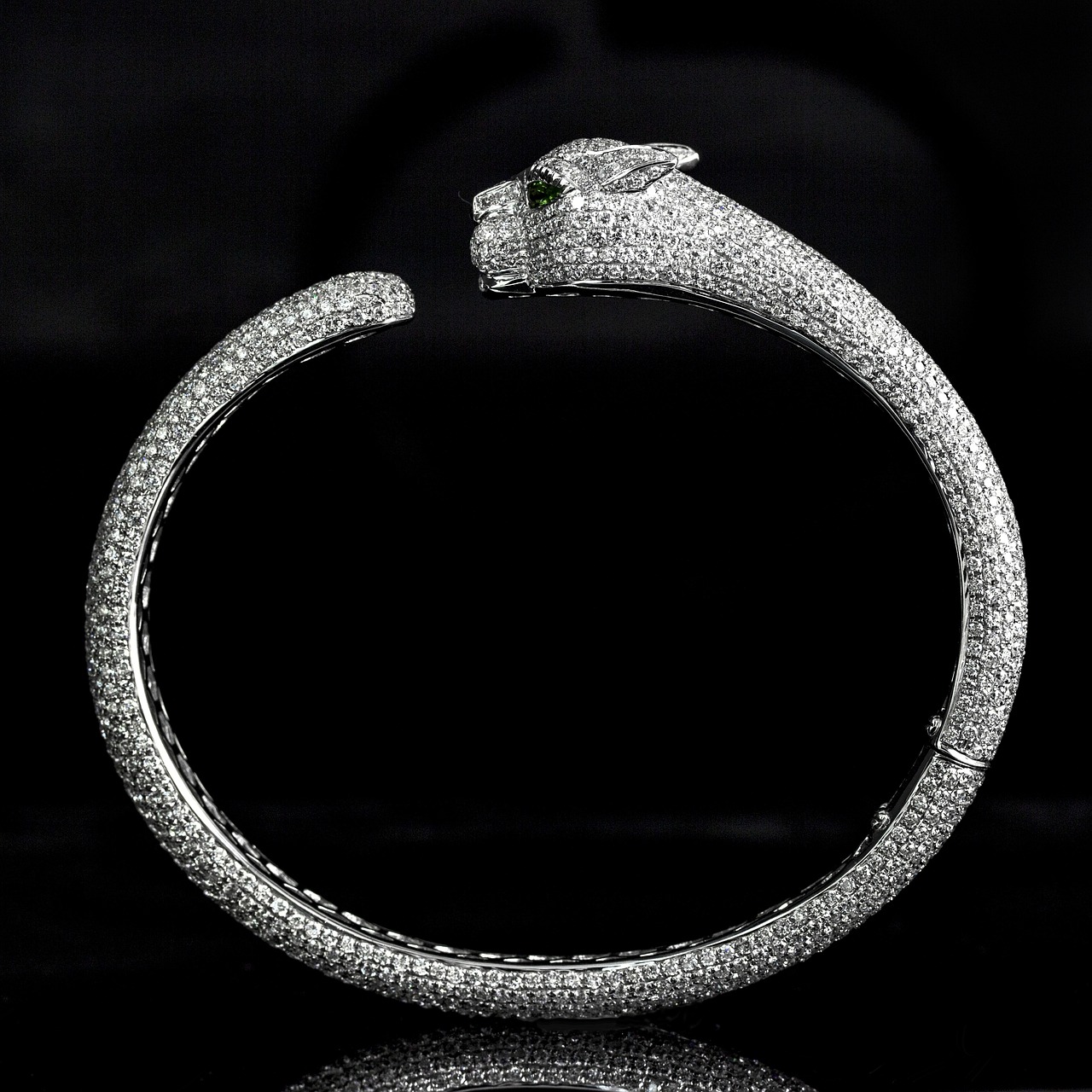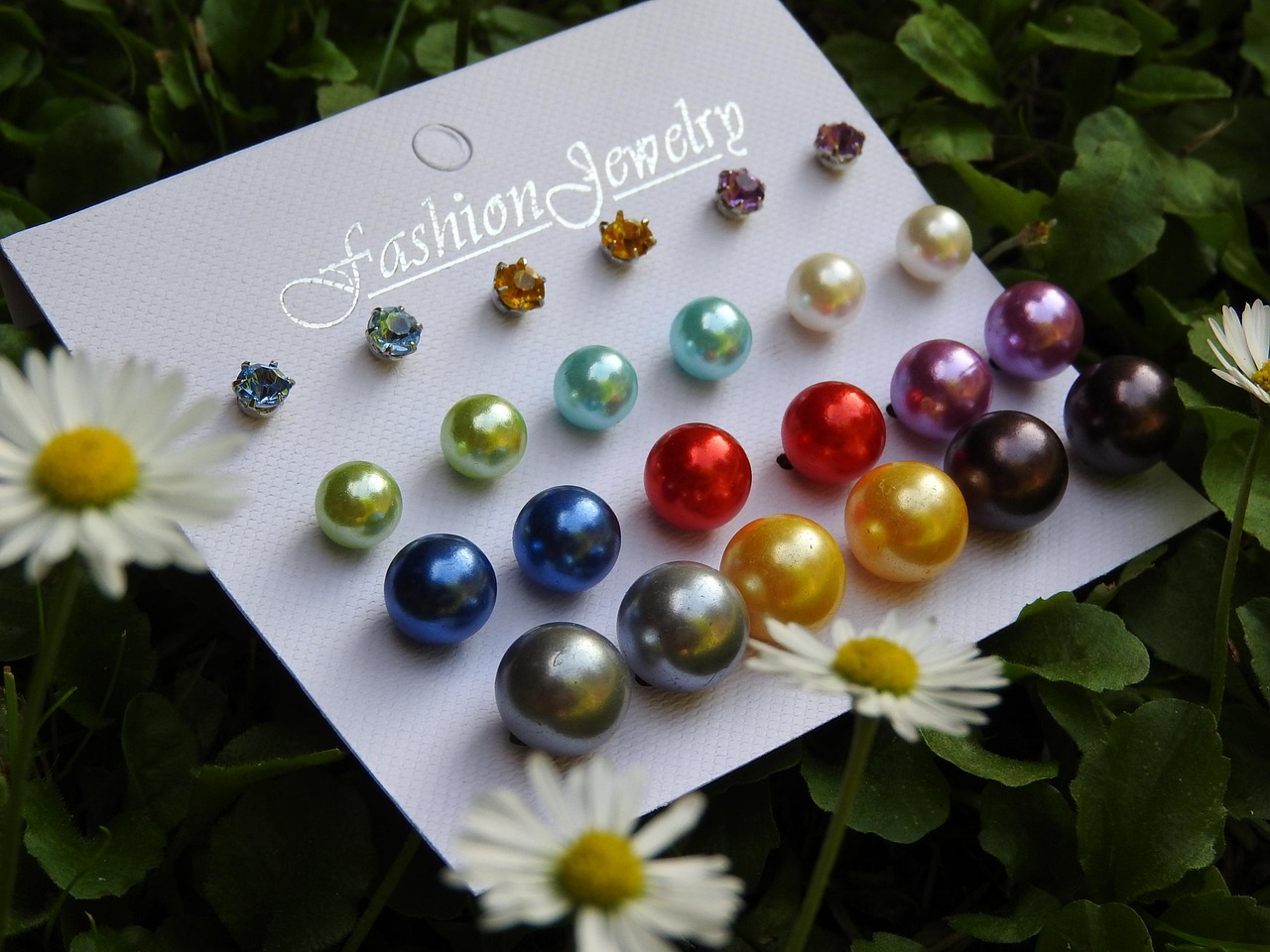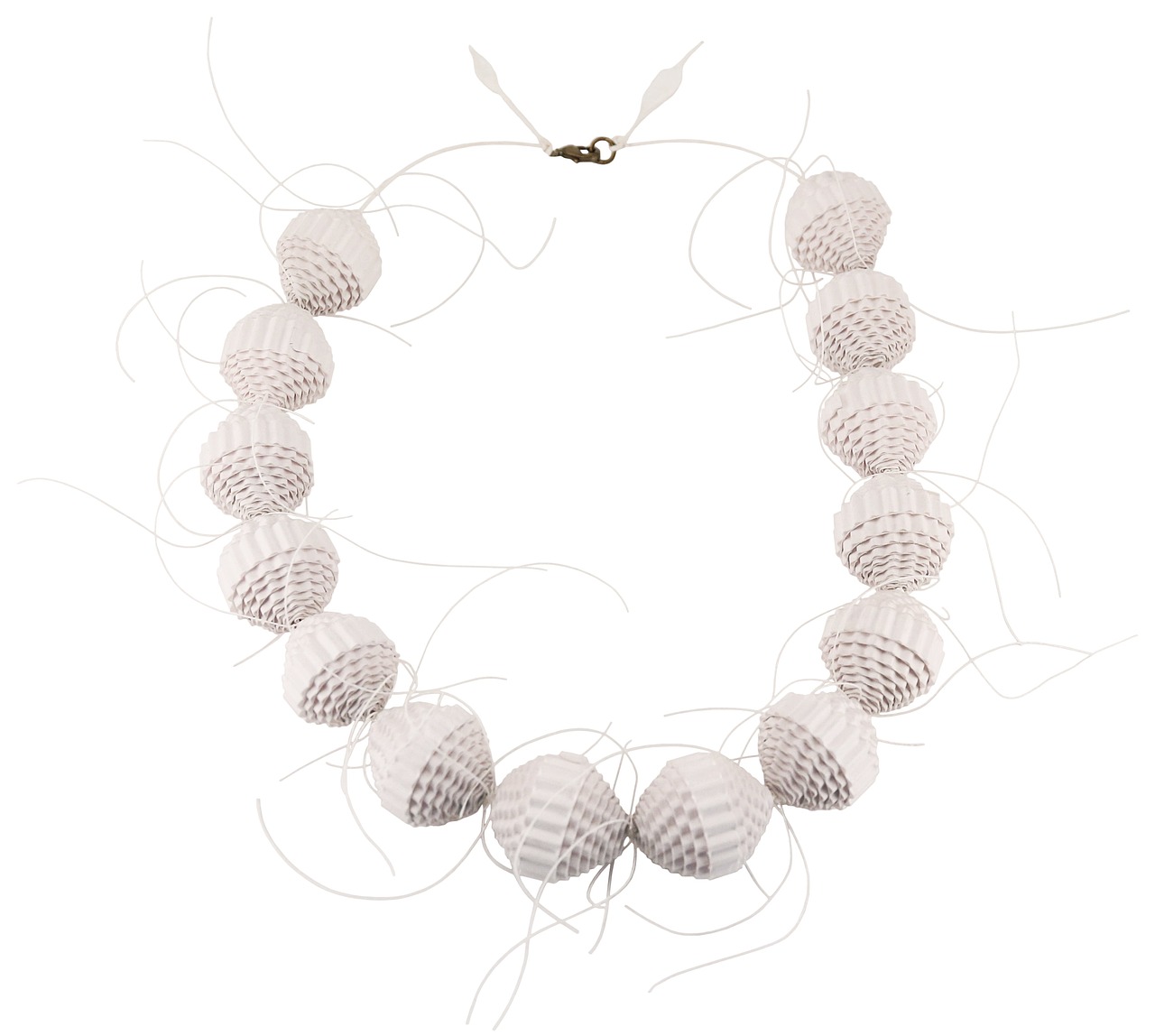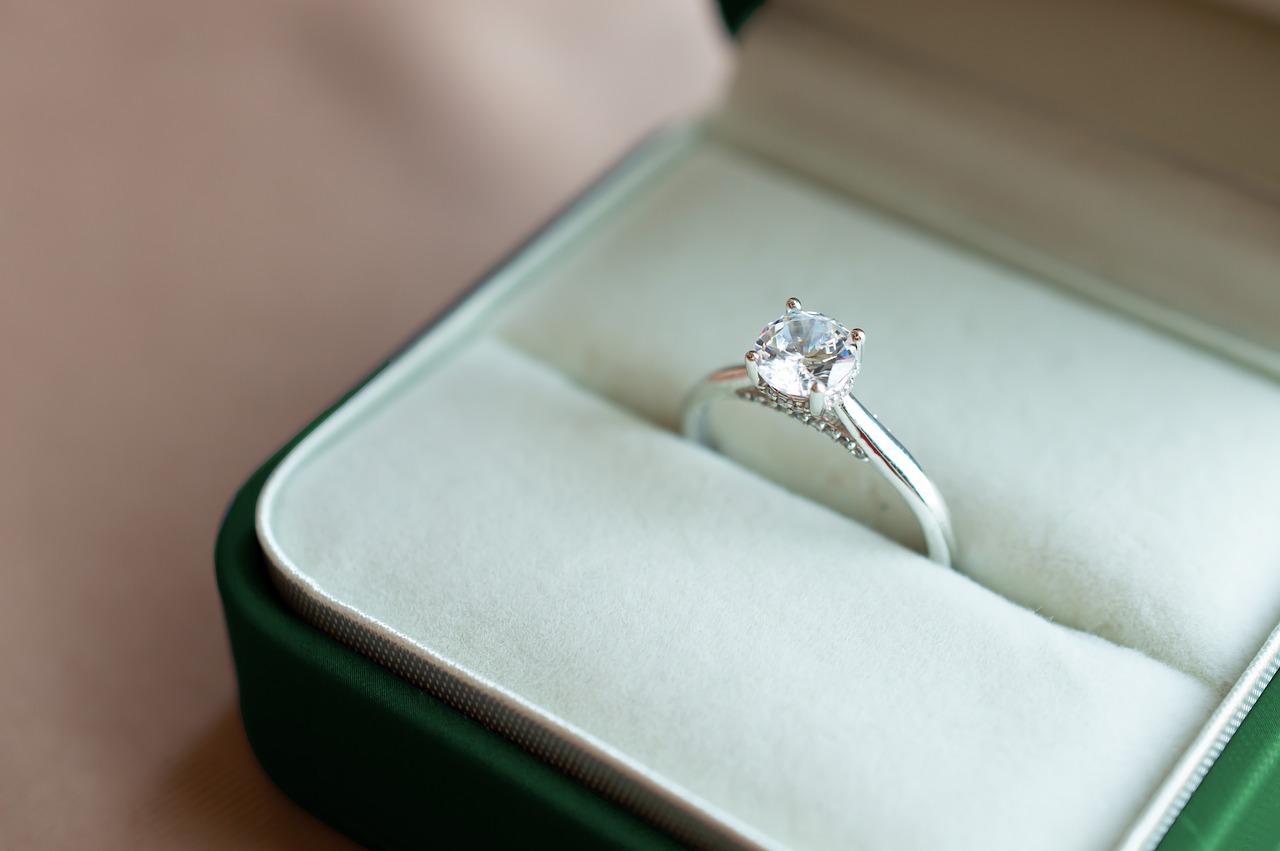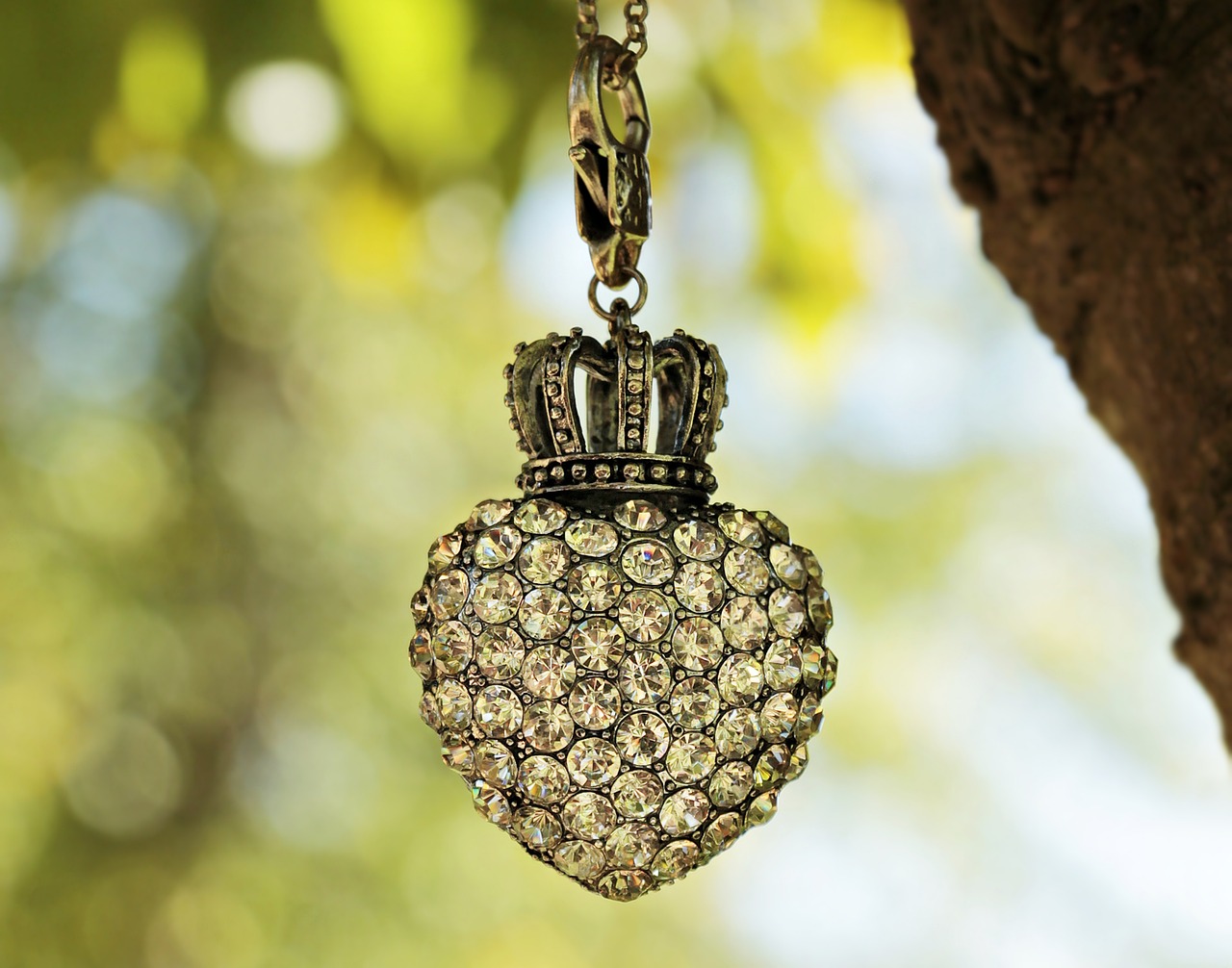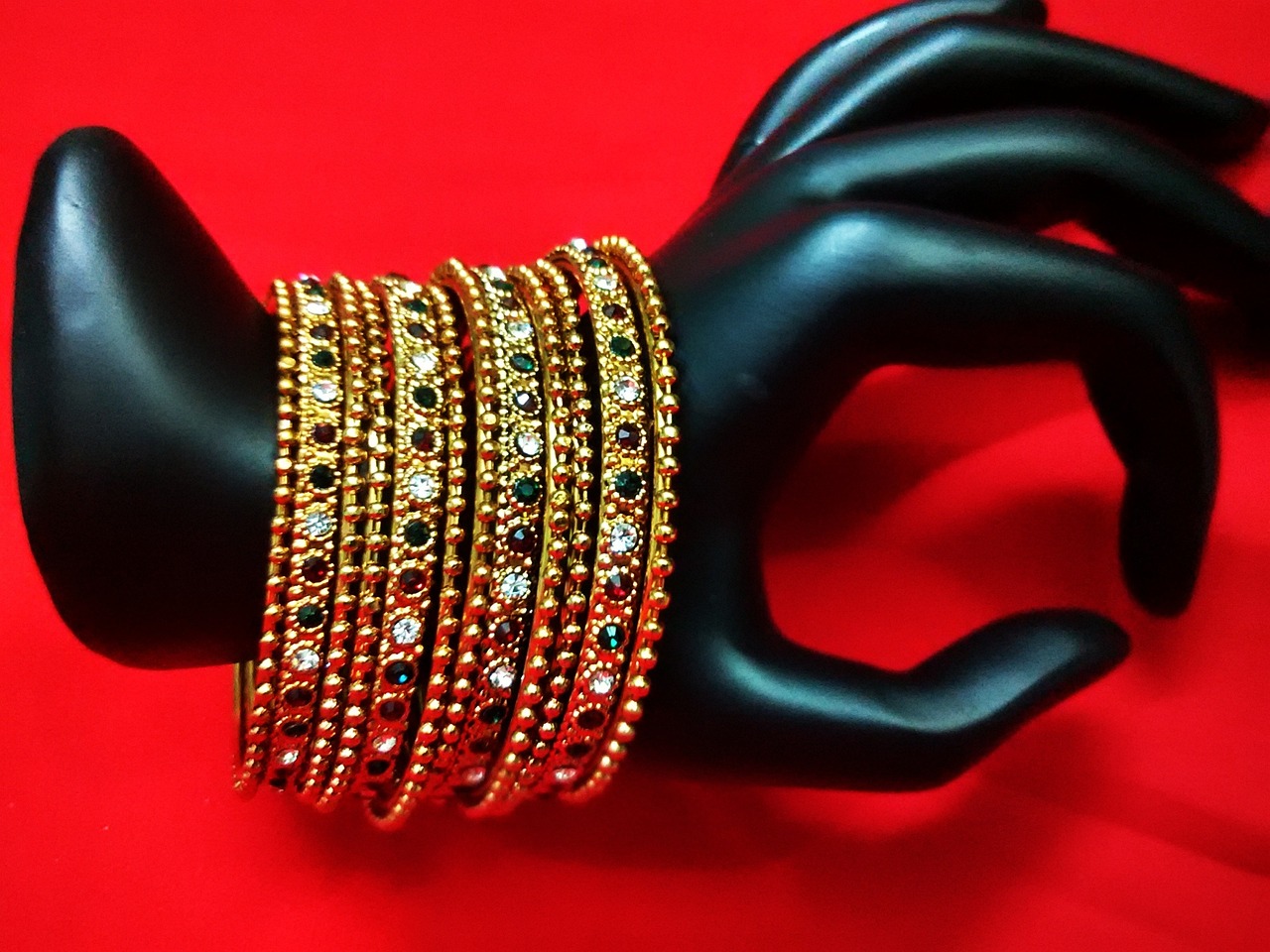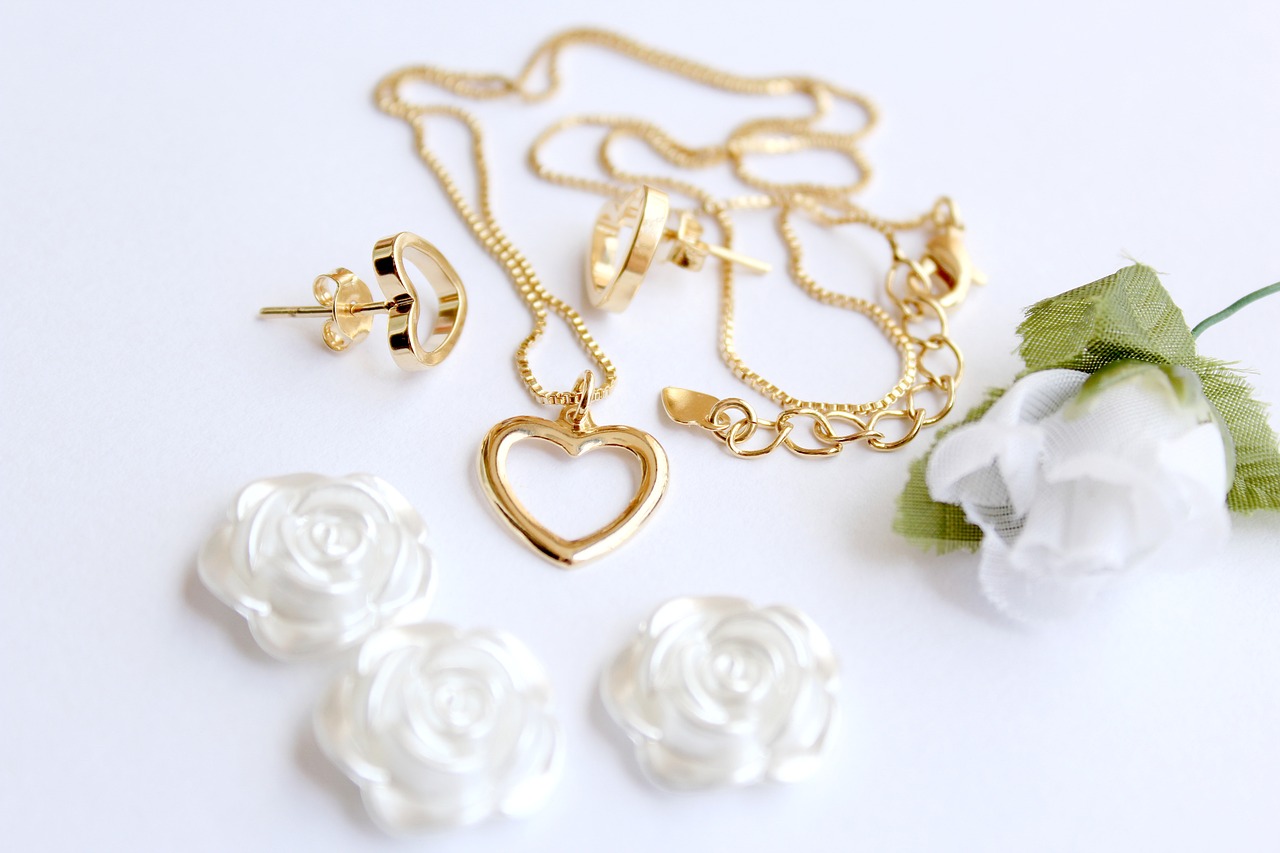Jewelry cleaning is often surrounded by a cloud of myths and misconceptions. Many people are unsure about the best practices for maintaining their precious pieces, leading to common mistakes that can cause damage. This article aims to debunk these myths and provide you with effective methods and materials to keep your jewelry looking its best.
There are several prevalent myths about cleaning jewelry that can mislead even the most devoted jewelry enthusiasts. For instance, many believe that all jewelry can be cleaned with the same methods, ignoring the unique properties of different materials. Understanding these myths is crucial for preserving the integrity of your jewelry.
A widespread belief is that soap and water can harm jewelry. However, when used correctly, this simple solution can be an effective method for cleaning many types of jewelry without causing harm. Using a mild soap mixed with warm water can effectively clean metals like gold and platinum.
- Gold: Safe for regular cleaning.
- Platinum: Can withstand soap and water.
- Silver: Requires more care to avoid tarnishing.
Diamonds and many gemstones can withstand soap and water cleaning. However, caution is required with porous stones like opals or pearls, which may absorb moisture and sustain damage. Always research the specific care requirements for your gemstones.
Antique and vintage pieces often require special care. Understanding their materials and finishes is essential to avoid unintentional damage during cleaning. In some cases, soap and water may not be suitable, making it vital to consult with an expert.
Many people believe homemade cleaners are universally safe. However, certain ingredients can be harmful to specific materials. For example, vinegar and baking soda can damage delicate finishes. Always perform thorough research before using any DIY cleaning solutions.
Toothpaste is often suggested as a jewelry cleaner, but this is misleading. While it may provide a temporary shine, the abrasiveness can scratch delicate surfaces, leading to long-term damage. It is advisable to avoid using toothpaste and instead opt for products specifically designed for jewelry cleaning.
Instead of toothpaste, consider using specialized jewelry cleaners or solutions designed for specific materials. These alternatives are formulated to clean without causing abrasion or damage, ensuring your jewelry remains in excellent condition.
The frequency of cleaning can vary based on wear and exposure to dirt. For instance, pieces worn daily may require cleaning every few weeks, while those worn less frequently can be cleaned less often. Understanding the right cleaning schedule for different types of jewelry helps maintain their appearance and longevity.
While professional cleaning is beneficial for certain pieces, not all jewelry requires it. Knowing when to seek professional help can save time and money while ensuring your jewelry stays in excellent condition.
Indicators such as noticeable tarnishing, buildup, or damage suggest that professional cleaning may be necessary. Recognizing these signs helps preserve the integrity of your jewelry.
Yes, over-cleaning can lead to wear and tear, especially on delicate pieces. Understanding the balance between cleanliness and preservation is key to maintaining the beauty of your jewelry. A little care goes a long way!
Implementing best practices for jewelry care can prevent damage and ensure longevity. Simple steps like proper storage, avoiding harsh chemicals, and regular inspections can go a long way in preserving your pieces. Always handle your jewelry with care and consider its unique needs.
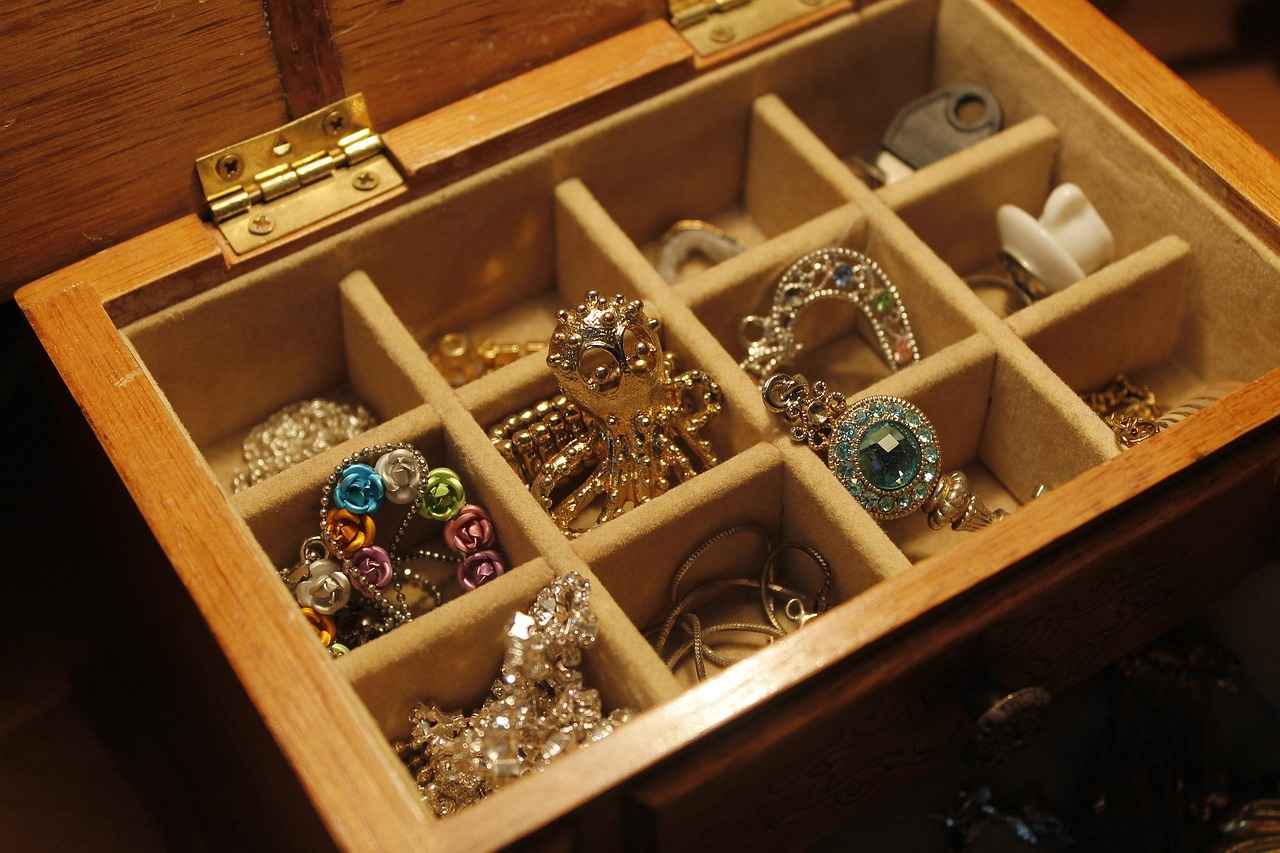
What Are the Most Common Jewelry Cleaning Myths?
Jewelry cleaning is often surrounded by a cloud of misconceptions that can lead to improper care and potential damage. Many people believe that cleaning jewelry is a straightforward task, but the reality is that certain practices can harm your precious pieces. In this article, we will explore the most common jewelry cleaning myths, helping you make informed decisions to keep your items in pristine condition.
Understanding the myths surrounding jewelry cleaning is essential for maintaining the beauty and integrity of your items. Here are some of the most prevalent misconceptions:
- Myth 1: All jewelry can be cleaned with the same method.
- Myth 2: Soap and water can damage all types of jewelry.
- Myth 3: Toothpaste is a safe and effective cleaner.
- Myth 4: Professional cleaning is always necessary.
Each of these myths can lead to unintended consequences, from tarnishing to irreversible damage. It’s crucial to recognize the truth behind these misconceptions to ensure your jewelry remains beautiful for years to come.
Many believe that using soap and water can harm their jewelry. However, when applied correctly, this simple cleaning solution can effectively maintain many types of jewelry without causing harm. The key is to use a mild soap and to rinse thoroughly.
Jewelry made from gold, platinum, and some gemstones can typically be cleaned safely with soap and water. However, materials like pearl or opal require special care, as they can be more susceptible to damage.
Diamonds and many gemstones can withstand soap and water cleaning, but caution is required with porous stones. Always ensure that you dry them thoroughly after cleaning to prevent moisture-related damage.
Antique and vintage pieces often contain unique materials and finishes that may not react well to standard cleaning methods. It’s essential to understand the specific needs of these items to avoid unintentional damage.
While homemade cleaners can be appealing, they are not universally safe. Certain ingredients can react negatively with specific materials, making it vital to research before using any DIY cleaning solutions.
Toothpaste is often touted as a quick fix for cleaning jewelry, but this is misleading. Its abrasiveness can scratch delicate surfaces, leading to long-term damage. Instead, opt for gentle, specialized jewelry cleaners.
Consider using professional jewelry cleaners or solutions specifically designed for the materials of your jewelry. These alternatives are formulated to clean effectively without causing abrasion or harm.
The frequency of cleaning depends on how often you wear your jewelry and the exposure to dirt and oils. Regular maintenance can help preserve the appearance and longevity of your pieces.
While professional cleaning can be beneficial for certain items, not all jewelry requires it. Knowing when to seek professional help can save you time and money while ensuring your jewelry stays in excellent condition.
Look for signs such as noticeable tarnishing, buildup, or visible damage to determine if professional cleaning is necessary. Recognizing these signs helps maintain the integrity of your jewelry.
Yes, over-cleaning can lead to wear and tear, particularly on delicate pieces. Striking a balance between cleanliness and preservation is key to maintaining the beauty of your jewelry.
Implementing best practices for jewelry care can prevent damage and ensure longevity. Simple steps like proper storage, avoiding harsh chemicals, and regular inspections go a long way in preserving your precious pieces.
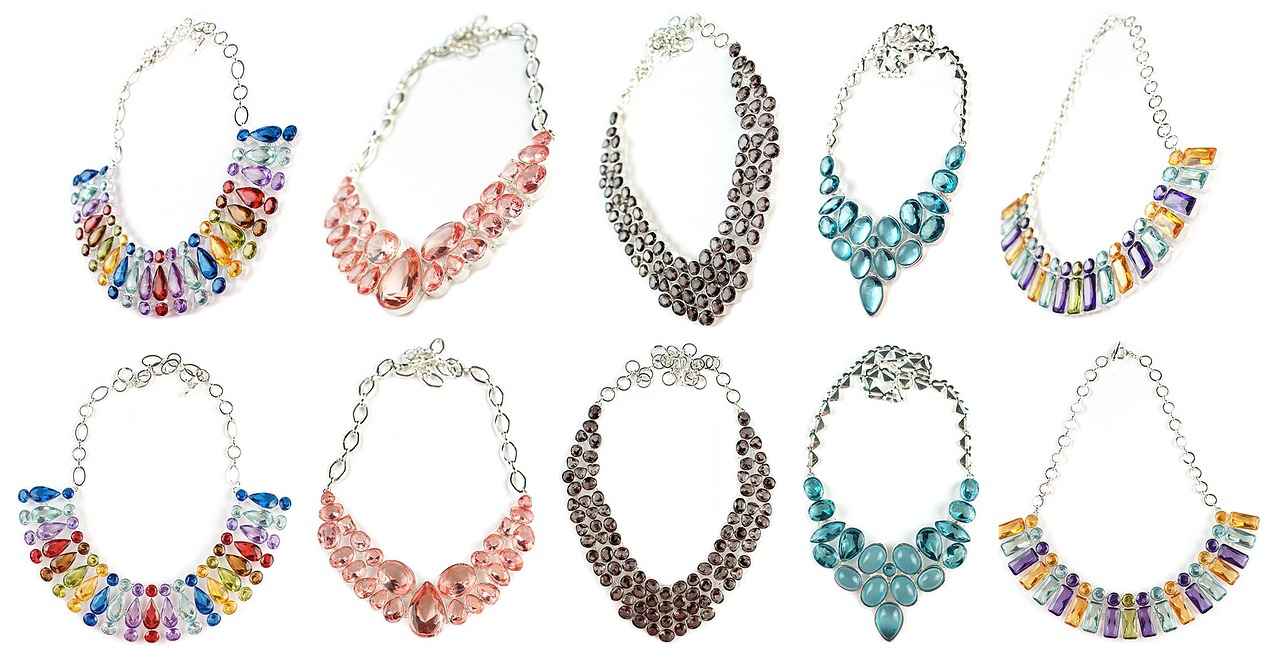
Does Soap and Water Really Damage Jewelry?
When it comes to cleaning jewelry, many people harbor the belief that soap and water can cause damage. This misconception often leads to the avoidance of a simple yet effective cleaning method. In reality, when used correctly, soap and water can be a safe and beneficial way to maintain the shine and integrity of various jewelry pieces.
Understanding the Composition of Your Jewelry
Before diving into cleaning methods, it’s essential to understand the materials that make up your jewelry. Different metals and gemstones have varying levels of durability and susceptibility to damage. For instance, gold and platinum are generally safe to clean with mild soap and water, while more delicate materials, such as pearls and opals, require extra caution due to their porous nature.
How to Clean Jewelry with Soap and Water
- Start with lukewarm water to avoid thermal shock.
- Add a few drops of mild dish soap to the water.
- Soak your jewelry for a few minutes to loosen dirt and grime.
- Gently scrub with a soft-bristled toothbrush, focusing on crevices.
- Rinse thoroughly under lukewarm water to remove soap residue.
- Pat dry with a soft cloth and allow to air dry completely.
Which Types of Jewelry Are Safe for Soap and Water Cleaning?
As mentioned, gold and platinum are safe candidates for soap and water cleaning. Additionally, many diamonds and gemstones can withstand this method. However, it is crucial to avoid cleaning porous stones like turquoise or lapis lazuli with soap and water, as they can absorb moisture and become damaged.
What About Antique and Vintage Jewelry?
Antique and vintage jewelry often contains materials and finishes that can be more sensitive to cleaning methods. It’s advisable to consult with a professional jeweler before attempting to clean these pieces with soap and water, as certain finishes may react negatively.
Is Soap Safe for Diamonds and Gemstones?
While diamonds are incredibly durable, some gemstones require more care. For example, soft gemstones like emeralds or opal should be cleaned with caution. Always check the specific care instructions for your gemstones to ensure they are safe to clean with soap and water.
Homemade Cleaners: Are They Safe for All Jewelry?
Many individuals turn to homemade cleaning solutions, believing they are universally safe. However, certain ingredients can be harmful to specific materials. Always research the components of any DIY cleaner before applying it to your jewelry.
Can You Use Toothpaste to Clean Jewelry?
While toothpaste is often touted as a quick fix for cleaning jewelry, it is not recommended. The abrasiveness of toothpaste can scratch delicate surfaces, leading to long-term damage. Instead, opt for specialized jewelry cleaners that are designed to be gentle and effective.
How Often Should You Clean Your Jewelry?
The frequency of cleaning your jewelry largely depends on how often you wear it and the conditions to which it is exposed. Regular cleaning can help maintain its luster, but over-cleaning can lead to wear and tear, especially on delicate pieces.
Best Practices for Jewelry Care
To ensure the longevity of your jewelry, implement best practices such as:
- Storing pieces separately to avoid scratches.
- Avoiding exposure to harsh chemicals.
- Regularly inspecting for signs of damage.
In conclusion, while the belief that soap and water can harm jewelry is widespread, it is often unfounded. With proper care and knowledge of your jewelry’s materials, soap and water can be a safe and effective cleaning method.
Which Types of Jewelry Can Be Cleaned with Soap and Water?
When it comes to maintaining the beauty and longevity of your jewelry, understanding the appropriate cleaning methods is essential. One common question that arises is, “Which types of jewelry can be cleaned with soap and water?” This simple yet effective cleaning solution can be safe for various materials, but knowing the specifics is crucial to avoid damaging your cherished pieces.
Gold jewelry is one of the most popular choices, and fortunately, it is also among the safest materials to clean with soap and water. Whether it’s a delicate gold chain or a statement ring, using a mild soap mixed with lukewarm water can help remove dirt and grime without compromising the metal’s integrity. Just be sure to rinse thoroughly and dry with a soft cloth to prevent any soap residue.
Platinum is another metal that can be safely cleaned using this method. Known for its durability and resistance to tarnish, platinum jewelry can maintain its shine with regular cleaning. Similar to gold, a gentle soap solution is effective, but avoid harsh chemicals that can dull its luster.
While diamonds can be safely cleaned with soap and water, caution is necessary when it comes to gemstones. Many gemstones, including sapphires and rubies, are durable and can handle this cleaning method. However, porous stones like opals and pearls should be kept away from water as they can absorb moisture, leading to damage. Always check the specific care instructions for your gemstones before proceeding.
When it comes to antique and vintage jewelry, the cleaning process can be more complicated. These pieces may have delicate settings or unique finishes that require special attention. While some may tolerate soap and water, others may not. It’s advisable to consult a professional jeweler for guidance on the best cleaning methods for these treasured items.
Costume jewelry often features a mix of materials, including metals, plastics, and glass. While some pieces may withstand soap and water cleaning, others can be easily damaged. Always assess the materials used in your costume jewelry before deciding on a cleaning method. If in doubt, opt for a gentle wipe with a damp cloth instead.
- Use Mild Soap: Always choose a gentle, non-abrasive soap.
- Soft Brushes: For intricate designs, a soft-bristled toothbrush can help reach tight spots.
- Rinse Thoroughly: Make sure to rinse off all soap to avoid residue buildup.
- Dry Properly: Use a soft, lint-free cloth to dry your jewelry after cleaning.
In summary, many types of jewelry can be cleaned effectively with soap and water, including gold and platinum. However, caution should be exercised with gemstones and antique pieces. By following these guidelines, you can ensure your jewelry remains beautiful and well-maintained for years to come.
Is Soap Safe for Diamonds and Gemstones?
When it comes to cleaning your precious jewelry, many people wonder about the safety of using soap and water, especially for diamonds and various gemstones. While it’s true that these materials can generally withstand such cleaning methods, there are important considerations to keep in mind to ensure their longevity and brilliance.
Understanding the Durability of Diamonds
Diamonds are known for their exceptional hardness, rated a 10 on the Mohs scale. This means they can endure significant wear and tear, making them highly resistant to scratches and damage. Cleaning diamonds with a mild soap solution is typically safe and effective. However, it is crucial to rinse them thoroughly to remove any soap residue that could dull their sparkle.
Gemstones: A Mixed Bag
While many gemstones can also handle soap and water, the same cannot be said for all. For instance, rubies and sapphires are quite durable and can be cleaned similarly to diamonds. However, stones like opals and pearls require more caution. These porous materials can absorb moisture, leading to potential damage. Opals, in particular, may suffer from a phenomenon known as “crazing,” where tiny cracks develop due to moisture absorption.
| Gemstone Type | Soap and Water Safe? | Additional Care Tips |
|---|---|---|
| Diamonds | Yes | Use a soft brush for settings. |
| Rubies | Yes | Rinse well to avoid soap residue. |
| Sapphires | Yes | Check for loose stones before cleaning. |
| Opals | No | Use a damp cloth instead. |
| Pearls | No | Wipe with a soft cloth after wearing. |
Best Practices for Cleaning
To safely clean your jewelry, consider the following best practices:
- Use mild soap and warm water for cleaning.
- Employ a soft brush to reach crevices without scratching.
- Always rinse thoroughly to eliminate any soap residue.
- For porous stones, opt for a damp cloth instead of soaking.
When to Seek Professional Help
If you’re unsure about cleaning a specific piece, or if it has intricate settings or valuable stones, it’s wise to consult a professional jeweler. They can provide specialized cleaning services that ensure your jewelry is cared for without risking damage.
In conclusion, while soap and water can be safe for cleaning diamonds and many gemstones, caution is essential. Understanding the unique properties of each stone will help you maintain their beauty and integrity over time. Always prioritize gentle cleaning methods and professional advice when necessary to keep your jewelry looking its best.
What About Antique and Vintage Jewelry?
When it comes to cleaning antique and vintage jewelry, special care is paramount. These unique pieces often carry historical significance and can be made from delicate materials that require a tailored approach to maintenance. Understanding their composition and finishes is essential to prevent unintended damage during cleaning.
Antique and vintage jewelry can be composed of a variety of materials, including gold, silver, platinum, and often feature intricate designs with gemstones or unique finishes. Many of these items may have patinas or surface treatments that can be altered or damaged by improper cleaning methods. For instance, using harsh chemicals or abrasive materials can strip away the protective layers that have developed over time.
- Gold and Silver: These metals are generally durable but can tarnish over time.
- Gemstones: Some stones are more resilient than others; for example, diamonds can withstand some cleaning methods, while pearls and opals are more sensitive.
- Enamel: Often used in vintage pieces, enamel can chip or fade if not cleaned properly.
While soap and water may seem like a safe bet, they can be risky for certain antique and vintage pieces. Soaps can contain additives that might react adversely with the metals or stones. Additionally, water exposure can lead to moisture damage in porous materials.
To maintain the integrity of these cherished items, consider the following steps:
- Use a Soft Cloth: Gently wipe your jewelry with a soft, lint-free cloth to remove surface dirt.
- Consult a Professional: For deep cleaning, it’s often best to seek the expertise of a jeweler who specializes in antique pieces.
- Avoid Ultrasonic Cleaners: These devices can be too harsh for delicate items and should be used with caution, if at all.
Improper cleaning methods can lead to irreversible damage. For example, using abrasive cleaners can scratch the surface of gemstones or metals, while excessive moisture can cause rust or corrosion. Understanding the specific needs of each piece is crucial for preserving its beauty and value.
In some cases, restoration can breathe new life into worn pieces. However, it’s essential to work with a skilled jeweler who understands the nuances of antique jewelry. Restoration may involve:
- Re-polishing: This can restore shine without damaging the original design.
- Replacing Missing Stones: Finding the right replacement is key to maintaining authenticity.
- Re-setting Stones: This process can secure loose stones and prevent future loss.
Proper storage is as important as cleaning for the longevity of antique and vintage jewelry. Consider the following tips:
- Keep in Separate Pouches: Store each piece in its own soft pouch to avoid scratches.
- Avoid Direct Sunlight: Exposure to sunlight can fade certain materials and finishes.
- Control Humidity: Use silica gel packets in storage to reduce moisture levels.
By understanding the unique needs of antique and vintage jewelry, you can ensure that these treasures remain in excellent condition for generations to come. Always prioritize gentle cleaning methods and consult professionals when in doubt.
Are Homemade Cleaners Safe for All Jewelry?
When it comes to cleaning jewelry, many individuals often turn to homemade cleaners as a cost-effective and natural solution. However, the belief that these cleaners are universally safe for all types of jewelry is a common myth that can lead to unintended damage. In this section, we will explore the potential risks associated with homemade cleaners and provide guidance on how to safely clean your jewelry.
While homemade cleaning solutions can be effective for some materials, they may contain ingredients that can harm specific types of jewelry. For instance, vinegar and baking soda are popular choices in DIY cleaning recipes, but they can be detrimental to certain metals and gemstones. It is essential to understand the composition of both your jewelry and the cleaning solution before proceeding.
- Vinegar: This acidic substance can tarnish metals like silver and damage the finish on certain gemstones.
- Baking Soda: While it can be a gentle abrasive, it may scratch softer stones or metals if not used carefully.
- Essential Oils: These can leave residues that may harm porous stones, such as pearls or opals.
Before using any DIY cleaning solution, it is vital to research the specific materials of your jewelry. For example, gold and platinum are generally safe with mild soap and water, while antique pieces may require specialized care to avoid damaging delicate finishes. Always consult reliable sources or experts to ensure you are using the right cleaning methods.
If you’re looking for safe alternatives to clean your jewelry at home, consider the following options:
- Mild Dish Soap: Mix a few drops with warm water for a gentle cleaning solution.
- Club Soda: This can be a great option for cleaning without harsh chemicals.
- Specialized Jewelry Cleaning Solutions: These are designed specifically for various types of jewelry and can be found at most jewelry stores.
If you are unsure about the best cleaning method for your jewelry, it is always wise to consult a professional. Jewelers can provide expert advice and cleaning services tailored to your specific pieces, ensuring they remain in excellent condition.
While homemade cleaners can be tempting due to their accessibility and cost-effectiveness, they are not always the safest option for every type of jewelry. Understanding the materials of your jewelry and the potential risks associated with various cleaning ingredients is crucial. By taking the time to research and choose safe cleaning methods, you can maintain the beauty and longevity of your precious pieces without causing harm.
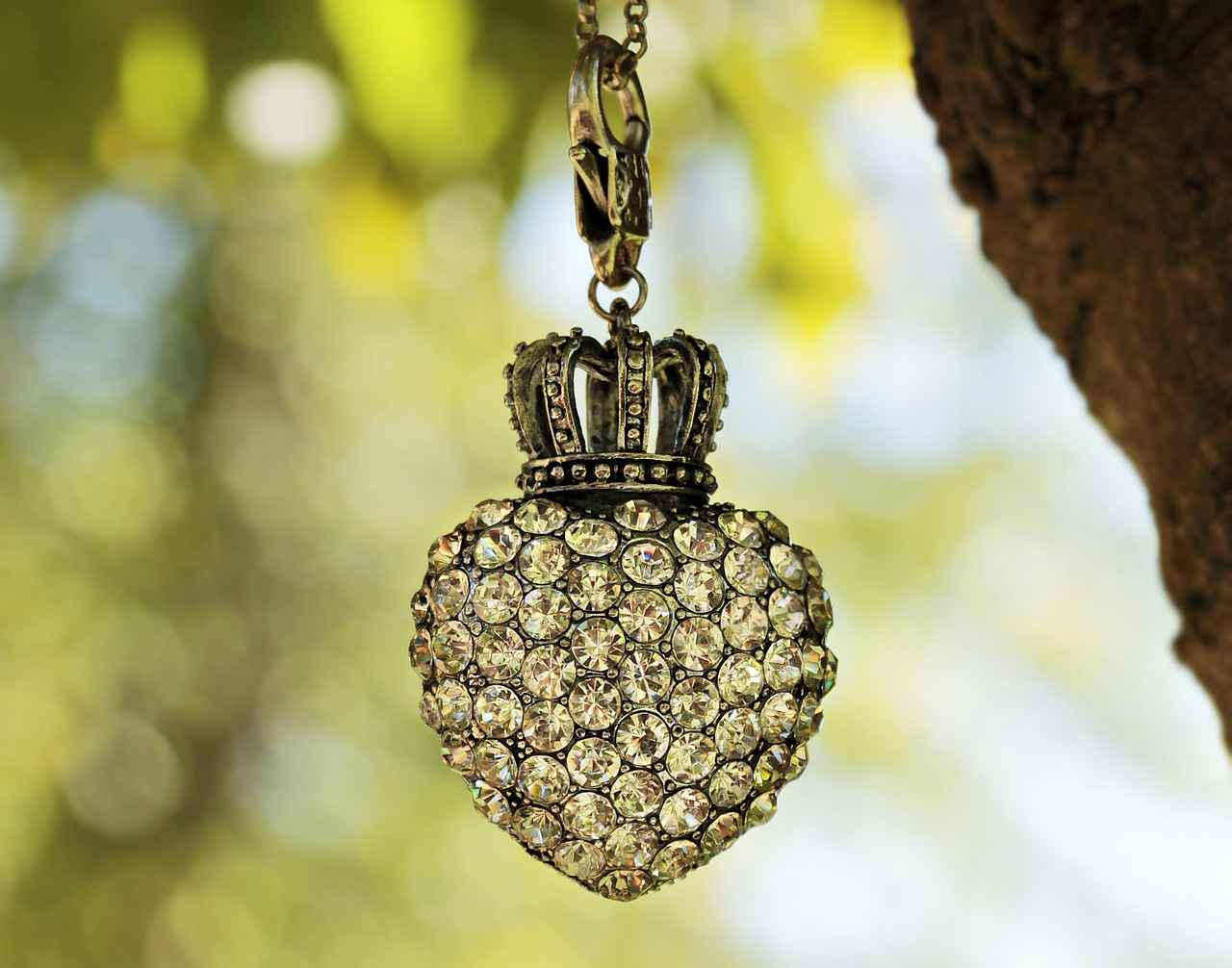
Can You Use Toothpaste to Clean Jewelry?
When it comes to cleaning jewelry, many people often turn to household items for solutions. One common suggestion is to use toothpaste as a cleaner. However, this recommendation can be quite misleading. While toothpaste may temporarily enhance the shine of your jewelry, its abrasive properties can lead to significant long-term damage.
Toothpaste contains mild abrasives designed to remove plaque and stains from teeth. However, these same abrasives can scratch delicate surfaces on jewelry, particularly on softer metals and gemstones. Over time, these scratches can dull the finish and reduce the overall aesthetic appeal of your precious items.
Different jewelry materials react uniquely to cleaning methods. Here’s a breakdown:
- Gold and Platinum: While these metals are durable, the abrasiveness of toothpaste can still cause micro-scratches, leading to a loss of luster.
- Silver: Silver is particularly susceptible to scratching and tarnishing. Using toothpaste can exacerbate these issues, requiring more frequent polishing.
- Gemstones: Many gemstones, including softer stones like opal and pearls, can be damaged by toothpaste. The abrasives can scratch their surfaces, diminishing their beauty.
Instead of toothpaste, consider using specialized jewelry cleaners that are designed to be safe for specific materials. Here are some effective alternatives:
- Jewelry Cleaning Solutions: These are formulated to clean without damaging the surface. Look for products made specifically for the type of jewelry you own.
- Soap and Water: A mixture of mild dish soap and warm water can be an effective cleaning solution for many types of jewelry. Just ensure you rinse thoroughly and dry with a soft cloth.
- Ultrasonic Cleaners: For those who own more delicate pieces, ultrasonic cleaners can provide a deep clean without the risk of scratching.
The cleaning frequency depends on how often you wear your jewelry and the environment in which it is worn. For example, pieces worn daily may require cleaning every few weeks, while those worn less frequently can be cleaned every few months. Regular maintenance helps in preserving their shine and integrity.
While some jewelry can be safely cleaned at home, professional cleaning is advisable for intricate pieces or those with significant buildup. A professional jeweler can assess the condition of your jewelry and recommend the best cleaning methods.
Look for signs such as:
- Tarnishing: A noticeable change in color indicates that your jewelry needs professional attention.
- Buildup: If you see grime or residue that home cleaning can’t remove, it’s time for professional help.
- Damage: Cracks or loose stones warrant immediate professional evaluation to prevent further issues.
Yes, over-cleaning can lead to wear and tear. Each cleaning can remove a tiny layer of metal or finish, especially on delicate pieces. It’s crucial to find a balance between keeping your jewelry clean and preserving its longevity.
In summary, while toothpaste may seem like a convenient solution for cleaning jewelry, the potential risks far outweigh the temporary benefits. Opt for safer alternatives and maintain a regular cleaning schedule to keep your jewelry looking its best.
What Alternatives to Toothpaste Are Safer?
When it comes to cleaning jewelry, many individuals often turn to toothpaste as a quick fix. However, this common practice can lead to unintended consequences, such as scratches and damage to delicate surfaces. Fortunately, there are safer alternatives that can effectively clean your jewelry while preserving its integrity.
Toothpaste contains abrasive particles that are designed to scrub away plaque and stains from teeth. While this may be effective for dental hygiene, it is not suitable for jewelry. The abrasiveness can dull the shine of precious metals and scratch gemstones, leading to long-term damage. Instead, consider these specialized cleaning options:
- Commercial Jewelry Cleaners: These products are specifically formulated to clean various types of jewelry without causing harm. They often come in liquid or foam form and can be used safely on gold, silver, and gemstones.
- Ultrasonic Cleaners: These devices use high-frequency sound waves to create tiny bubbles in a cleaning solution, effectively removing dirt and grime from jewelry. They are particularly useful for intricate pieces with hard-to-reach areas.
- Soap and Water: A simple mixture of mild dish soap and warm water can be an effective cleaning solution for many types of jewelry. Just be sure to rinse thoroughly and dry with a soft cloth.
- Baking Soda Paste: For a gentle abrasive cleaner, mix baking soda with water to create a paste. Apply it with a soft cloth to remove tarnish from metals like silver.
Different materials require specific care to avoid damage:
- Gold and Platinum: These metals are generally safe to clean with mild soap and water. Avoid harsh chemicals that can cause discoloration.
- Gemstones: While many gemstones can withstand soap and water, some porous stones like opals and pearls should be cleaned with a damp cloth to prevent moisture absorption.
- Antique and Vintage Jewelry: These pieces often require special care. Consult a professional or use a cleaner specifically designed for antique items to avoid damaging delicate finishes.
If you prefer a more hands-on approach, consider creating your own cleaning solution. For example, a mixture of equal parts vinegar and water can help clean tarnished silver. However, always test a small area first to ensure that the solution won’t harm the material.
Regardless of the cleaning method you choose, following some best practices can help maintain your jewelry:
- Test First: Always test any cleaner on a small, inconspicuous area before applying it to the entire piece.
- Gentle Application: Use a soft cloth or brush to apply cleaners, avoiding harsh scrubbing that can cause scratches.
- Rinse Thoroughly: After cleaning, rinse your jewelry with clean water to remove any residue from the cleaning solution.
In conclusion, while toothpaste may seem like a convenient option for cleaning jewelry, there are far better alternatives available. By utilizing specialized jewelry cleaners, natural solutions, and material-specific methods, you can keep your jewelry looking its best without the risk of damage.
How Often Should You Clean Your Jewelry?
Jewelry is often a cherished possession, symbolizing personal milestones, memories, or simply a love for beauty. However, maintaining its shine and integrity requires an understanding of how often to clean it. The frequency of cleaning can vary significantly based on factors such as wear, exposure to dirt, and the type of jewelry. This article delves into the intricacies of jewelry cleaning schedules, helping you preserve the beauty and longevity of your treasured pieces.
Regular cleaning is essential for maintaining the appearance of your jewelry. Over time, dirt, oil, and other residues can accumulate, dulling the shine and potentially leading to damage. By establishing a proper cleaning routine, you can keep your jewelry looking its best and extend its lifespan.
| Type of Jewelry | Recommended Cleaning Frequency |
|---|---|
| Gold and Platinum | Every 1-2 months |
| Silver | Every 2-4 weeks |
| Diamonds | Every 1-2 months |
| Gemstones | Every 3-6 months |
| Pearls and Opals | Every 6-12 months |
- Daily Wear: Jewelry worn daily, such as engagement rings, may require more frequent cleaning compared to pieces worn occasionally.
- Exposure to Elements: Jewelry exposed to lotions, perfumes, or harsh environments may accumulate dirt more rapidly.
- Material Sensitivity: Delicate materials, like pearls, require gentler cleaning methods and less frequent maintenance.
Yes, over-cleaning can be detrimental, particularly for delicate pieces. Frequent exposure to cleaning solutions or abrasive materials can wear down finishes and lead to scratches. It’s crucial to find a balance between cleanliness and preservation.
Recognizing when your jewelry requires cleaning is essential. Look for signs such as:
- Tarnishing: A dull or discolored appearance, especially in silver jewelry.
- Loss of Shine: If your gemstones or metals appear lackluster, it may be time for a clean.
- Visible Dirt: Any noticeable buildup of dirt or grime is a clear indicator that cleaning is necessary.
Different materials require different cleaning methods. For most metals, a gentle soap and water solution works well. However, for more delicate items like pearls, consider using a soft, damp cloth. Always avoid harsh chemicals that can damage the finish.
In summary, understanding how often to clean your jewelry is crucial for its maintenance and longevity. By tailoring your cleaning schedule to the type of jewelry and its usage, you can ensure your pieces remain beautiful for years to come.
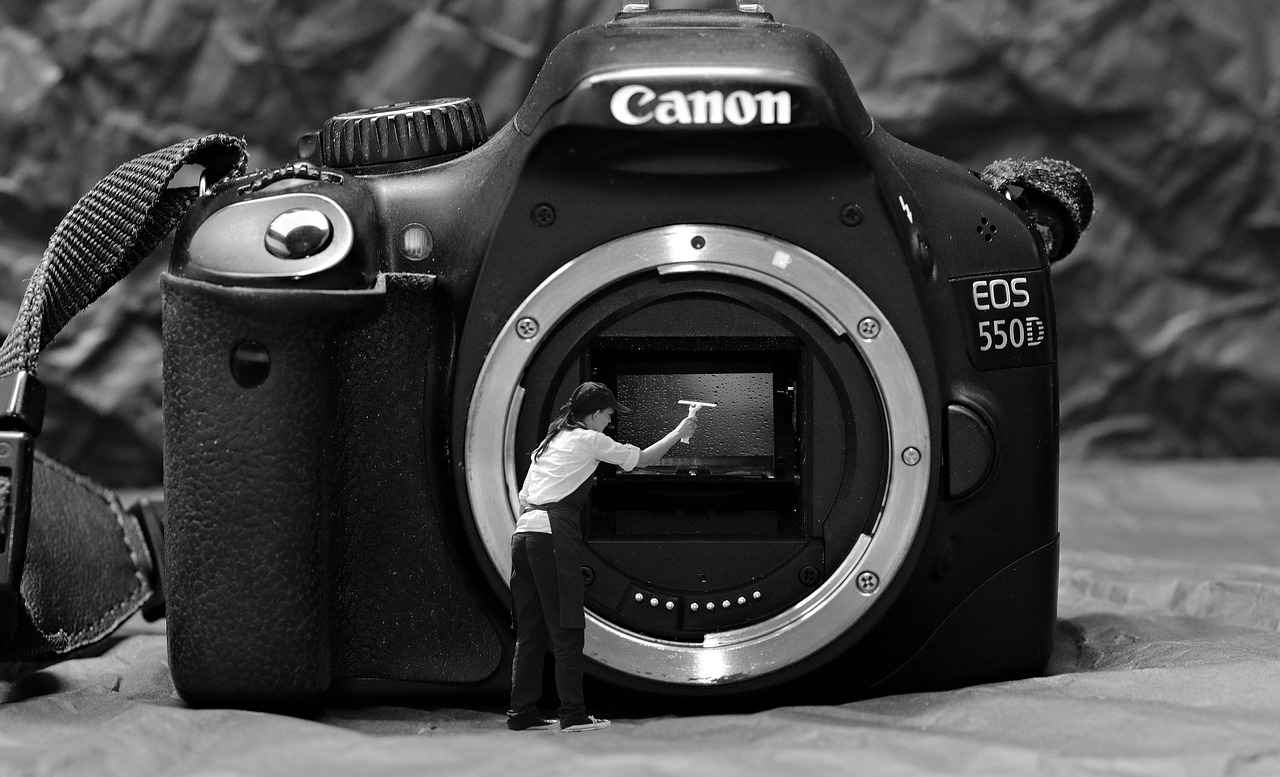
Is Professional Cleaning Always Necessary?
When it comes to maintaining the beauty and integrity of your jewelry, the question often arises: While many pieces benefit from expert care, it is essential to understand that not all jewelry requires this level of attention. Knowing when to seek professional help can save you both time and money, while ensuring your treasured items remain in excellent condition.
Professional cleaning can be invaluable, especially for intricate pieces or those set with delicate stones. However, many jewelry items can be effectively maintained at home with simple cleaning methods. It’s crucial to evaluate the condition of your jewelry and determine the best cleaning approach.
- Antique and Vintage Jewelry: These pieces often feature unique craftsmanship and materials that require special care.
- Heavily Tarnished Items: If your jewelry shows signs of significant tarnish or discoloration, a professional cleaner can restore its original luster.
- Jewelry with Porous Stones: Items set with opals, pearls, or other porous materials may need specialized cleaning techniques to avoid damage.
Recognizing the signs that your jewelry may require professional cleaning is essential. Look for:
- Visible Tarnish: If your silver or gold pieces appear dull or tarnished, it might be time for a professional touch.
- Buildup of Dirt or Grime: Accumulated dirt can affect the brilliance of your gemstones and overall appearance.
- Loose Stones: If you notice any stones that seem loose in their settings, a professional can ensure they are secure.
Yes, over-cleaning can lead to wear and tear, particularly on delicate pieces. Frequent cleaning can weaken clasps, scratch surfaces, and diminish the overall quality of your jewelry. It’s important to strike a balance between keeping your pieces clean and preserving their integrity.
For routine maintenance, consider these safe at-home cleaning methods:
- Soap and Water: A mild soap solution can effectively clean many types of jewelry without causing damage. Just ensure to rinse thoroughly and dry with a soft cloth.
- Soft Brushes: Use a soft-bristled toothbrush to gently scrub intricate designs or settings.
- Jewelry Wipes: Specialized wipes can help maintain shine without the need for extensive cleaning.
While regular at-home cleaning is beneficial, consider scheduling professional cleanings for your jewelry every 6 to 12 months, especially for pieces you wear frequently. This routine can help maintain their beauty and ensure they remain in excellent condition.
In conclusion, while professional cleaning is beneficial for certain pieces, it is not always necessary. By understanding the condition of your jewelry and recognizing when to seek expert help, you can effectively maintain your collection, preserving its beauty and value for years to come.
What Signs Indicate That Professional Cleaning Is Needed?
When it comes to maintaining the beauty and longevity of your jewelry, understanding when to seek professional cleaning is crucial. Jewelry is not just an accessory; it often holds sentimental value and can represent significant financial investments. Therefore, keeping it in pristine condition should be a top priority. In this section, we will explore the various indicators that suggest professional cleaning is necessary, ensuring that your treasured pieces remain as stunning as the day you acquired them.
Recognizing the signs that your jewelry requires professional attention can save you from costly repairs and irreversible damage. Here are some critical indicators:
- Noticeable Tarnishing: If you observe a dull or discolored surface on your silver or gold jewelry, this could be a sign of tarnishing. Professional cleaning can effectively restore its original shine.
- Buildup of Dirt or Grime: Jewelry can accumulate dirt, oils, and residues over time. If you notice a significant buildup that regular cleaning cannot remove, it may be time to consult a professional.
- Loose Stones or Settings: If you find that stones appear loose or settings seem compromised, seek professional help immediately. Attempting to clean or fix these issues yourself can lead to further damage.
- Scratches or Damage: If your jewelry has visible scratches or signs of wear, a professional can assess the extent of the damage and recommend appropriate cleaning or repair options.
- Change in Color or Luster: A change in the color or luster of your gemstones or metals can indicate underlying issues. Professionals have the tools and expertise to properly evaluate and restore your pieces.
Professional jewelers utilize specialized techniques and equipment to clean and restore jewelry without causing harm. Unlike home cleaning methods, which can sometimes be abrasive or inappropriate for certain materials, professional cleaning ensures that your jewelry is treated with care. This not only enhances the appearance but also helps to preserve the structural integrity of your pieces.
Delaying professional cleaning can lead to more severe issues. For instance, tarnishing can progress to corrosion, while dirt buildup can trap moisture, leading to potential damage. Regular assessments by a professional can help catch these problems early, allowing for timely interventions and preventing costly repairs down the line.
If you identify any of the indicators mentioned above, it is advisable to take action promptly. Here are some steps you can follow:
- Consult a Professional: Reach out to a reputable jeweler for an assessment. They can provide insights into the condition of your jewelry and recommend the best course of action.
- Avoid DIY Solutions: While it may be tempting to try home remedies, these can often exacerbate the problem. It’s best to leave delicate pieces to the experts.
- Regular Maintenance: Schedule routine checks with a professional jeweler to keep your pieces in top condition. Regular maintenance can help prevent the buildup of issues that necessitate intensive cleaning.
In conclusion, being vigilant about the condition of your jewelry and recognizing the signs that indicate professional cleaning is necessary can help you maintain your precious items for years to come. By understanding these indicators, you can ensure that your jewelry remains not only beautiful but also structurally sound.
Can You Damage Jewelry by Over-Cleaning?
When it comes to maintaining the luster and beauty of your jewelry, it’s essential to strike a balance between cleanliness and preservation. Over-cleaning can inadvertently lead to wear and tear, particularly on delicate pieces. Understanding the implications of excessive cleaning is crucial for jewelry enthusiasts who wish to keep their treasured items in pristine condition.
Over-cleaning refers to the practice of cleaning jewelry too frequently or using harsh methods that can damage the materials. While it might seem like a good idea to keep your pieces sparkling, excessive cleaning can lead to:
- Scratches on softer metals and gemstones.
- Loss of finish on antique or vintage items.
- Weakening of settings that hold stones in place.
The frequency of cleaning your jewelry largely depends on how often you wear it and the environment it is exposed to. Generally, it is advisable to clean jewelry every few weeks if worn daily, while pieces that are worn less frequently can be cleaned every few months. However, always assess the condition of your jewelry before deciding to clean it.
While maintaining cleanliness is important, over-cleaning can lead to several issues:
- Delicate Materials: Items made from softer metals like silver or gold can suffer from scratches and dullness.
- Gemstone Integrity: Certain gemstones, especially porous stones like pearls and opals, can absorb cleaning solutions, causing discoloration or damage.
- Antique Finishes: Vintage pieces may have special coatings or finishes that can be stripped away through excessive cleaning.
Some common cleaning methods can be particularly harmful:
- Harsh Chemicals: Avoid using bleach or abrasive cleaners that can scratch or tarnish your jewelry.
- Ultrasonic Cleaners: While effective for some items, they can damage delicate pieces if used improperly.
- Toothpaste: Although often suggested, toothpaste can be abrasive and lead to scratches on softer surfaces.
To maintain the beauty of your jewelry while avoiding damage, consider these safe cleaning practices:
- Mild Soap and Water: A gentle solution can effectively clean most jewelry without causing harm.
- Soft Cloths: Use a soft, lint-free cloth to gently wipe down pieces after wearing.
- Professional Cleaning: For antique or complicated pieces, consider having them cleaned by a professional who understands the materials.
Understanding the risks associated with over-cleaning is essential for anyone who values their jewelry. By adopting a thoughtful approach to cleaning, you can preserve the beauty and integrity of your precious items for years to come. Remember, less can often be more when it comes to jewelry care.

What Are the Best Practices for Jewelry Care?
Jewelry is not just an accessory; it often holds sentimental value and can be a significant investment. To maintain its beauty and longevity, it is crucial to adopt best practices for jewelry care. This article delves into effective strategies that can help you keep your pieces in pristine condition.
Proper care extends the life of your jewelry and prevents costly repairs or replacements. By following a few simple guidelines, you can protect your precious items from damage and wear. Understanding the materials your jewelry is made from is essential, as different metals and stones require unique care approaches.
Storage plays a vital role in jewelry preservation. Here are some tips:
- Use Separate Compartments: Store each piece separately to avoid scratches and tangling. Use soft pouches or dedicated compartments in a jewelry box.
- Avoid Humidity: Keep your jewelry in a cool, dry place. Humidity can cause tarnishing, especially in silver pieces.
- Consider Anti-Tarnish Solutions: Use anti-tarnish strips or bags to protect your silver jewelry from oxidation.
While many believe that harsh chemicals are necessary for cleaning, gentle methods are often more effective:
- Soap and Water: A mild solution of soap and water can effectively clean gold and platinum jewelry. Just be sure to rinse thoroughly and dry with a soft cloth.
- Specialized Cleaners: Invest in cleaners designed specifically for your jewelry type. These products are formulated to cleanse without damaging.
- Ultrasonic Cleaners: For durable pieces, ultrasonic cleaners can be an excellent option. However, avoid them for delicate items like pearls or opals.
To maintain your jewelry’s integrity, steer clear of the following:
- Harsh Chemicals: Avoid cleaning products containing bleach or ammonia, as they can damage metals and stones.
- Excessive Heat: High temperatures can weaken settings and cause stones to loosen. Always store your jewelry away from heat sources.
- Wearing During Activities: Remove your jewelry before engaging in strenuous activities, swimming, or applying lotions and perfumes.
The frequency of cleaning depends on how often you wear your pieces. As a general rule:
- Daily Wear: Clean your jewelry every few weeks to remove dirt and oils.
- Occasional Wear: For pieces worn infrequently, a thorough clean before wearing is sufficient.
While regular at-home care is essential, professional cleaning offers several advantages:
- Expert Assessment: Jewelers can identify any potential issues, such as loose stones or weak settings.
- Deep Cleaning: Professionals have access to tools and techniques that can provide a deeper clean than home methods.
- Restoration Services: If your jewelry has seen better days, professionals can restore its original shine and integrity.
In conclusion, implementing these best practices for jewelry care can significantly enhance the longevity and appearance of your treasured pieces. By understanding the proper storage, safe cleaning methods, and when to seek professional help, you can ensure that your jewelry remains as beautiful as the day you acquired it.
Frequently Asked Questions
- What are the most common jewelry cleaning myths?
Many people believe that certain cleaning methods, like using toothpaste or harsh chemicals, are safe for all types of jewelry. However, these misconceptions can lead to damage. It’s crucial to understand which methods are appropriate for different materials.
- Can I use soap and water to clean my jewelry?
Absolutely! Soap and water can be a gentle yet effective cleaning solution for many types of jewelry, especially gold and platinum. Just be cautious with porous stones, as they may absorb moisture.
- Is it safe to use homemade cleaners on jewelry?
Not always! While some homemade solutions can be effective, others might contain ingredients that can harm specific materials. Always do your research before trying a DIY cleaner.
- How often should I clean my jewelry?
The frequency of cleaning really depends on how often you wear your pieces and their exposure to dirt. Generally, a good rule of thumb is to clean them every few weeks, but listen to your jewelry’s needs!
- When should I seek professional cleaning for my jewelry?
If you notice significant tarnishing, buildup, or any damage, it might be time to call in the pros. They have the tools and expertise to handle delicate pieces without causing harm.
